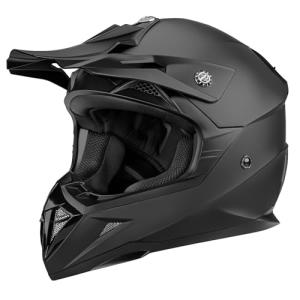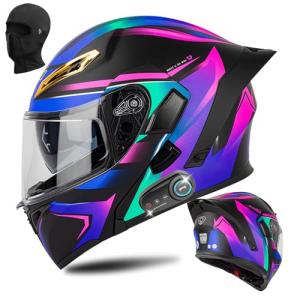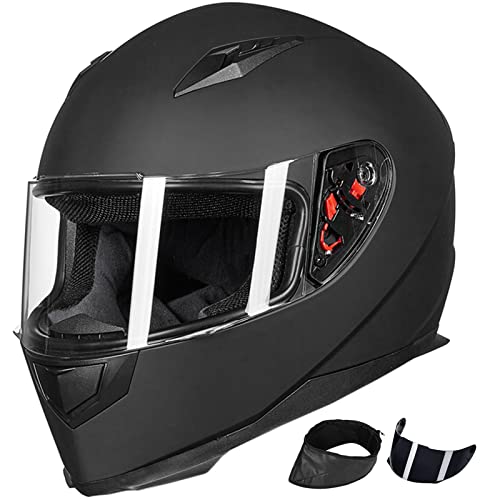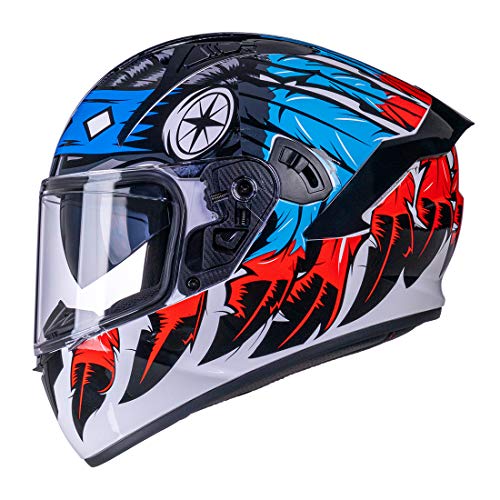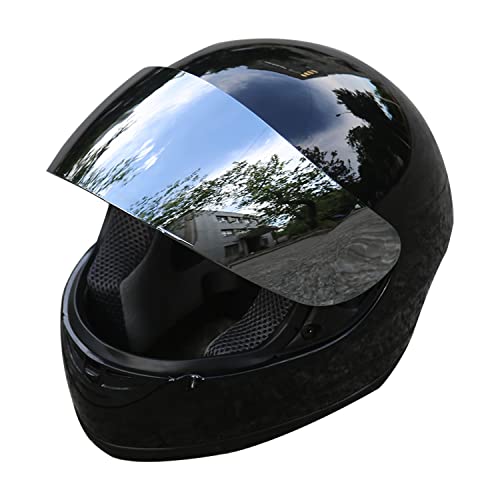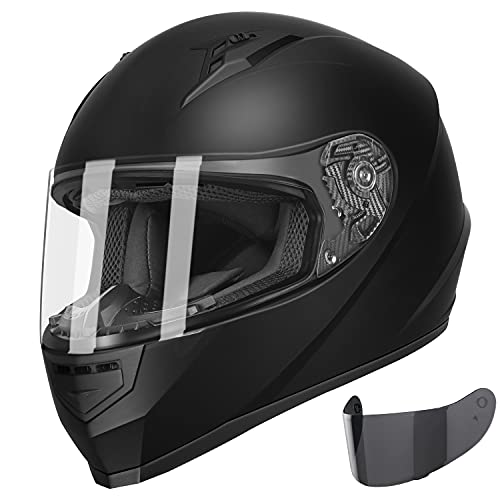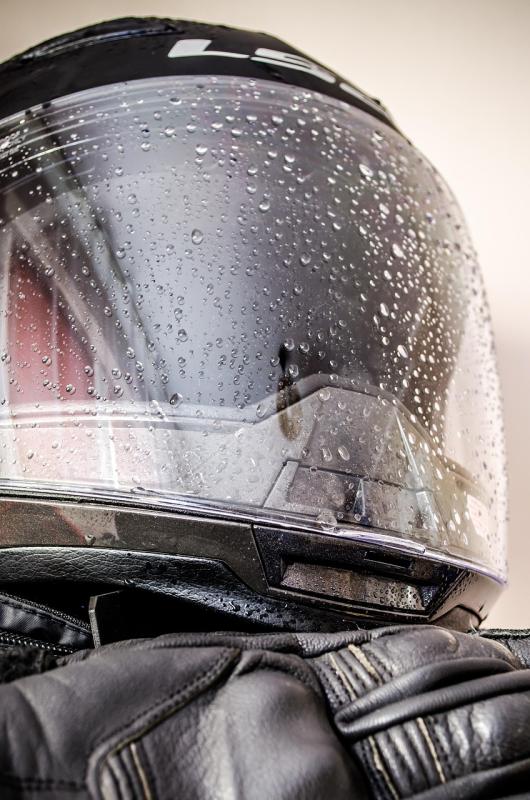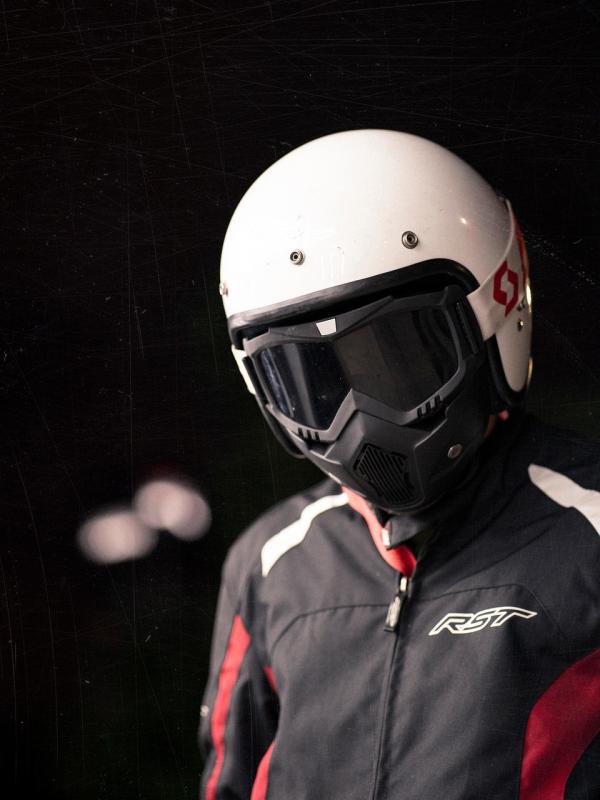Motorcycle helmet laws can vary a lot from state to state. That means what’s legal in one place could get you a ticket in another. Let’s break down some of the basics to help you understand what to expect.
Some states have strict laws requiring all riders to wear helmets, no matter their age or experience. For example, California and New York mandate helmets for everyone on a bike. If you’re riding in these states, don’t forget your helmet—it’s the law!
Then there are states like Florida and Texas. They don’t require all riders to wear helmets, but they do have some conditions. In Florida, if you’re over 21 and have insurance, you can ride without a helmet. Texas has a similar rule that applies to riders over 21 with the same insurance requirement.
Some states only require helmets for younger riders or specific groups. For instance, in Michigan, only riders under 21 must wear helmets. This means if you’re 21 or older, you can ride freely without one, but it's always smart to wear one for safety!
Understanding Motorcycle Helmet Laws is important for your safety and your wallet. Always check the specific rules for the state you’re in or planning to visit. After all, keeping your head protected is never a bad idea, whether it’s legally required or not!
Safety Ratings and Standards Explained
When you're diving into motorcycle helmet laws, you’ll often come across concepts like safety ratings and standards. These ratings help ensure that the helmets you're considering offer the protection you need. It’s not just about looks; it’s about safety!
In the U.S., many helmets meet standards set by the Department of Transportation (DOT). A helmet with a DOT sticker means it’s passed tests for impact resistance and retention. This label is a must-check since it means the helmet has been tested under specific conditions and passed. So, if you see that DOT sticker, you know you're looking at a helmet that can actually do its job.
Another important standard is the Snell certification. Helmets that carry the Snell logo go through even more rigorous testing. They focus on impact absorption and can really take a hit. If you're serious about safety, consider a Snell-certified helmet. They’re particularly popular among racers and serious riders because of their added protection.
Besides DOT and Snell, you'll also find other certifications, like ECE for European riders. Each standard has its tests and focus, so knowing the differences helps you make a smart choice. Following motorcycle helmet laws in your area ensures you’re wearing something that meets legal standards, but taking an extra step to choose a well-rated helmet gives you peace of mind. Stay informed, and you’ll ride safe!
YEMA Ventilated Dirt Bike Helmet for Adults
Stay cool and protected as you conquer the trails with this lightweight and breathable dirt bike helmet
Product information
$75.99
Product Review Score
4.96 out of 5 stars
197 reviewsProduct links
Choosing the Right Helmet for You
Picking the right helmet can feel overwhelming, but it doesn’t have to be. Your helmet is your first line of defense on the road, so you want something that fits well and feels good. Start by knowing the Motorcycle Helmet Laws in your area—some places have requirements about helmet type and features that you need to consider.
First up, the fit. A helmet should sit snugly on your head without being uncomfortable. Most brands use standard sizes, but always try it on if you can. Remember, it shouldn’t rock back and forth or slide around. A good fit is crucial, especially if you have to meet specific Motorcycle Helmet Laws that mandate proper gear.
Next, think about the type of helmet you want. There are full-face helmets, which offer the best protection, and half-helmets, which provide minimal coverage and a more open feel. If you ride in different weather conditions, look for features like ventilation and anti-fog visors to enhance comfort and visibility.
Don’t forget about safety ratings! Look for helmets that meet DOT (Department of Transportation) standards. Some may also carry Snell or ECE certifications, which are signs of higher safety standards. When you understand your local Motorcycle Helmet Laws, you can make sure you’re compliant while still choosing a helmet you love.
Bluetooth Modular Flip Up Full Face Motorcycle Helmet
Stay connected and safe on the road with this versatile helmet that features a flip-up design and built-in Bluetooth
Product information
$139.99
Product Review Score
4.1 out of 5 stars
173 reviewsProduct links
Exceptions to Helmet Law Rules
When diving into motorcycle helmet laws, you might find some interesting exceptions popping up depending on where you ride. It’s not a one-size-fits-all situation. Each state has its own rules, and it’s crucial to know the specifics if you don’t want to get caught off guard.
In many states, riders over a certain age or with a specific number of years of riding experience can skip the helmet. For example, some states allow riders 21 and older to ride without a helmet as long as they have proof of insurance or have completed a safety course. If you're planning to ride in a new state, make sure to check their age and experience requirements.
Some places get even more relaxed with their rules. A few states have no helmet requirement whatsoever for any riders. This can be appealing for seasoned bikers who love that wind-in-the-hair feeling. However, riding without a helmet comes with risks, so weigh the pros and cons before hitting the road.
Fun fact: Certain types of motorcycles, like scooters or mopeds, often have different helmet laws. In those cases, the laws may vary even from the motorcycle helmet laws. Always double-check what applies to your ride so you can cruise confidently without worrying about fines or safety issues.

